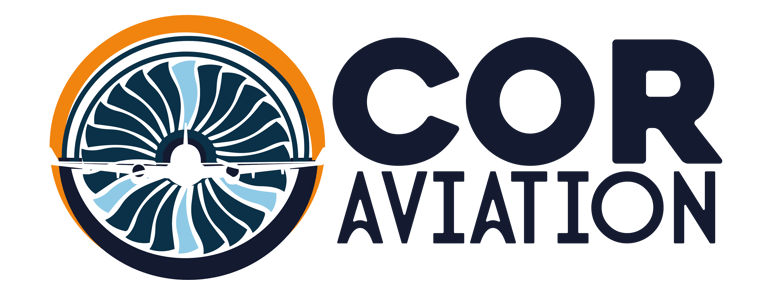RESOURCE OPTIMIZATION IN SMALL AVIATION COMPANIES
Discover key strategies to maximize performance and efficiency in small aviation companies, overcoming resource limitations and standing out in the industry.
Ing. Rodrigo Olivera C.
1/3/20251 min read


RESOURCE OPTIMIZATION IN SMALL AVIATION COMPANIES
Small aviation companies face unique challenges in a highly competitive and regulated sector. With limited resources, optimizing management, operations, and maintenance becomes crucial for sustainability and success. This article explores effective strategies to maximize performance in this challenging environment.
1. Identify Key Priorities
In small companies, every resource matters. It is essential to identify areas that generate the greatest operational and financial impact, such as:
Efficient maintenance: Ensuring airworthiness with controlled costs.
Staff training: Investing in skills that boost productivity and reduce errors.
Customer service: Providing exceptional service to foster loyalty.
Focusing efforts on these priorities can significantly improve overall performance.
2. Digitalization and Automation
Technological tools can transform resource management. Solutions include:
Maintenance management systems (MMS): Enable efficient scheduling and monitoring of maintenance tasks.
Online booking platforms: Facilitate customer access and optimize flight planning.
Data analytics: Identify patterns to reduce costs and enhance operational efficiency.
Investing in technology, while upfront, can lead to significant long-term savings.
3. Collaborations and Alliances
Small companies can greatly benefit from collaborating with other organizations. Examples include:
Sharing resources: Such as hangars, equipment, or technical staff.
Strategic alliances: With airlines, flight schools, or other industry players.
Joint programs: Offering combined services to expand reach.
These collaborations can reduce costs and boost competitiveness.
4. Optimize Aircraft Utilization
Maximizing the value of each flight is essential. Strategies include:
Efficient route planning: Reducing downtime and optimizing fuel consumption.
Shared flights: Maximizing aircraft occupancy on regular routes.
Performance analysis: Evaluating aircraft use to identify improvement opportunities.
5. Foster an Innovation Culture
Encouraging creativity and continuous improvement among employees can yield unique solutions to resource challenges. Practices include:
Idea gathering: Regular sessions to share innovative proposals.
Cross-training: Allowing employees to acquire skills in different areas.
Recognition: Incentivizing and rewarding ideas that produce positive results.
Conclusion
Optimizing resources in small aviation companies requires strategic and creative approaches. By prioritizing key areas, adopting technology, collaborating with others, and fostering innovation, these organizations can overcome resource limitations and thrive in a demanding sector.
We Empower Aviation in Mexico & U.S.A.
CONTAC US
+52 5666118911
© 2024. All rights reserved.


